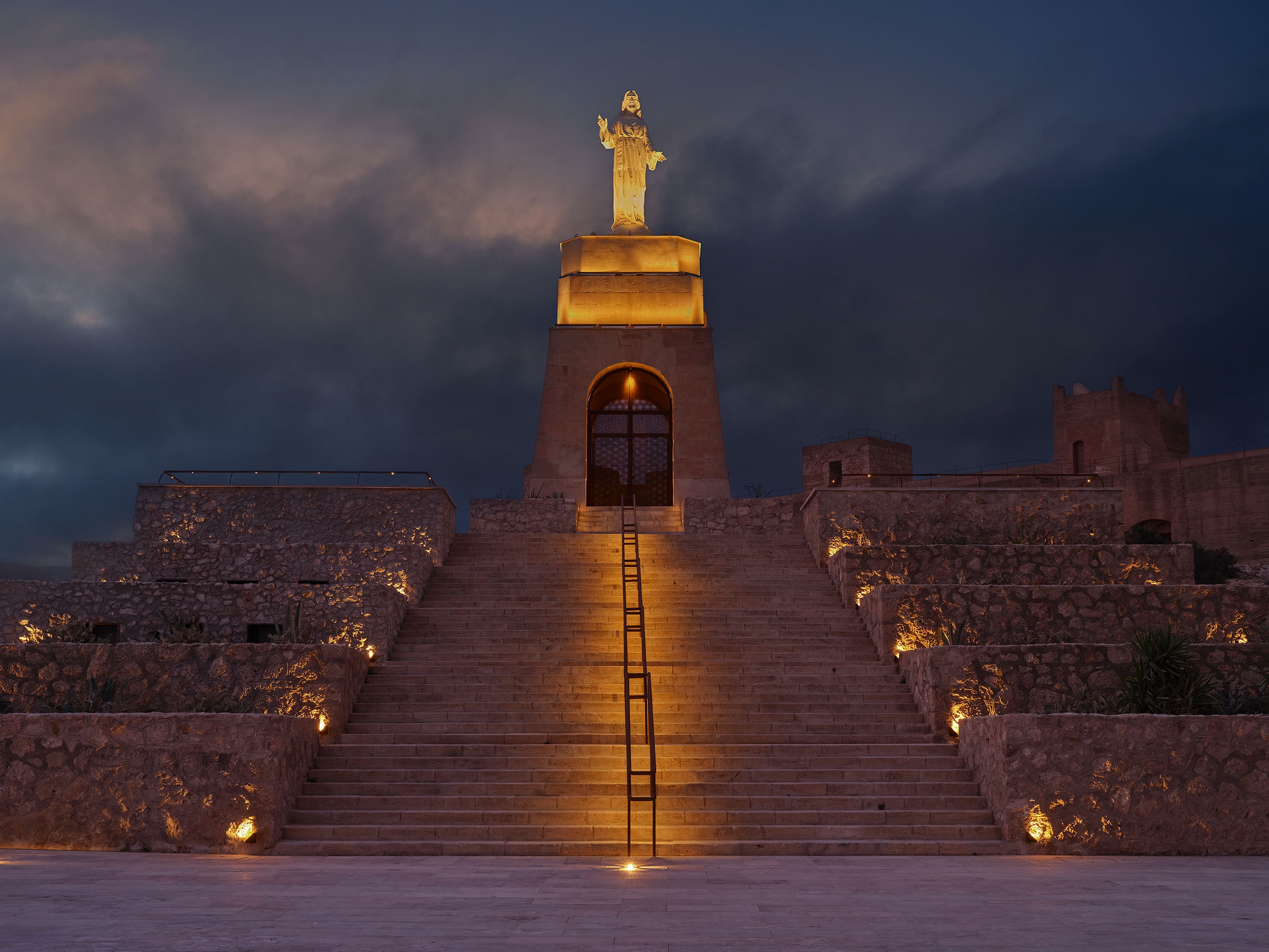Prize(s) Winners in Landscape Lighting Design
Lighting Design/Product Company Dci Lighting Design
Lead Designers Javier Górriz, Milena Rosés
Architecture Company Jesus Basterra
Client Almeria City Council
Photo Credits Martín García Pérez
Other Credits Video: Almería con Altura
Completion Date 30/11/2024
Project Location Almería (Spain)
Entry DescriptionThe city of Almería, located in the southeast of Spain and bathed by the Mediterranean Sea, combines history, culture, and natural beauty. Founded in 955 by the first Caliph of Al-Andalus, Abd al-Rahman III, it preserves an important heritage legacy that intertwines with its contemporary dynamism.
Almería is also a European benchmark in astronomical research thanks to the Calar Alto Observatory (CAHA), located in the Sierra de los Filabres. This center houses the largest telescopes in continental Europe and carries out cutting-edge research on exoplanets, galaxies, and cosmology, benefitting from its dark and exceptionally clear skies.
Among its most emblematic landmarks is the Cerro de San Cristóbal, a natural viewpoint offering spectacular panoramic views of the city and the Mediterranean. Crowned by the remains of an ancient defensive wall that once connected to the Alcazaba, this hill has witnessed centuries of history. At its summit stands the statue of the Sacred Heart of Jesus, an iconic figure dominating the urban landscape. Beyond its historical and scenic value, the hill is also an ideal place for strolling and enjoying tranquility, especially at sunset, when the light bathes the city and sea in golden tones.
This project focuses on the design and implementation of the lighting of the Cerro de San Cristóbal Park, with the aim of subtly highlighting its historical a
Sustainability ApproachThis lighting project has been developed with the aim of achieving the minimum visual impact, while respecting the night sky and the surrounding biodiversity. The installation employs light sources with a 2200K color temperature, low glare levels, and mostly custom-made luminaires in tinted concrete, designed both to integrate harmoniously into the environment and to provide greater resistance against potential vandalism.
In addition, a control system has been implemented, allowing for the gradual shutdown of ornamental elements during periods of low activity, while keeping pathway lighting in operation.
The intervention covers an area of 12,500 m², with a total power consumption of 4,800 W at full regulation (100%), resulting in an efficiency of 0.38 W/m².


